It's a practice that's been around since the beginning of time, quite literally, but it seems like every day we learn something new about the beautiful activity of labor and delivery. The medical processes around childbirth are always evolving, and so is the science.
Whether you're having your first, already had your 19th (looking at you, Michelle Duggar), or you aren't sure if you really want to be a mom yet, here are 10 surprising scientific facts that will have you running to hug your own mom ASAP for being the wonderful warrior she is.
__Would you ever do #7?! __
Image via Monkey Business Images/shutterstock
The Moment It Starts
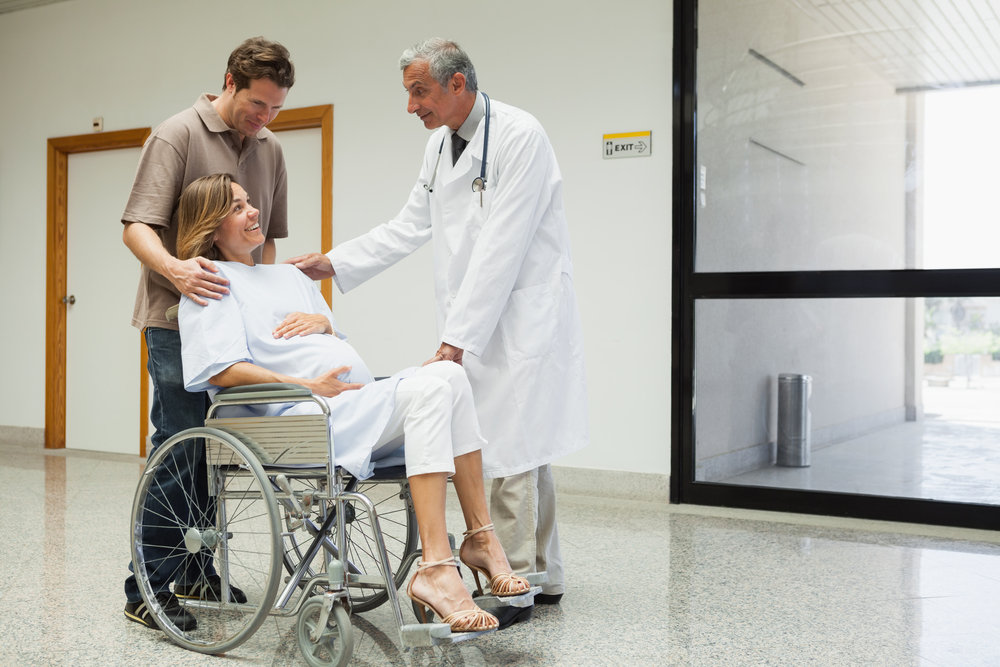
Did you think it was the water breaking? Not so much. Labor is actually triggered at the moment that a protein is released from the baby's lungs. Researchers found this in 2004 when they studied a developing mouse fetus and were able to compare it to a growing human. As soon as that one tiny protein decides to make the jump, congratulations, you're officially in labor!
Childbirth Orgasms Are Very Real

You may think labor is all about pain and hurt, but it can actually have some moments of pleasure and climax. In a 2013 study, researchers found that 0.3 percent of women (a small, but real number) experience an orgasm as they're delivering their baby. Here's hoping!
Epidurals May Prolong Labor

Planning to opt in for that anesthesia? Turns out, it could make your labor much longer. In a study that looked at more than 42,000 pregnant women, scientists were able to determine that women who received an epidural actually extended their labor by about two to three more hours when compared to women who hadn't.
More From The Stir: 20 Bizarre Stock Images of Pregnant Women
And It's Taken Longer Overall
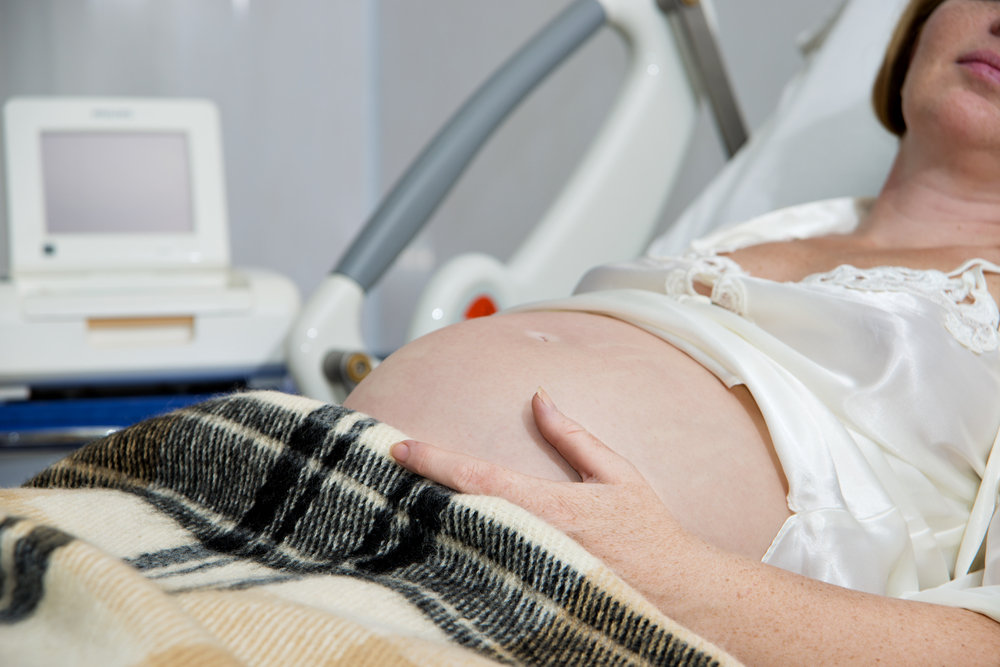
But it's not just epidurals. A 2012 National Institutes of Health study found that women spend about two hours more in labor now than 50 years ago. Part of that change can be attributed to medical practices in the room, but it also could have to do with the fact that on average, women are now older when they give birth, and the older a woman is, the longer labor can take.
If You're Scared, It's Longer

Chalk it up to nerves, but a 2012 study found that 5 to 20 percent of women fear childbirth, and that directly leads to a longer birth. The more nervous a mom, the more likely it is to prolong the whole process.
Home Births Are Safe (Usually)

In a huge study of more than 17,000 home births with midwives assisting, researchers found that they are actually very safe. For a low-risk pregnancy, where the mother carries to term, less than one percent of babies had to be transported to the hospital. Additionally, there was less of a need for a c-section, and mothers ultimately had higher breastfeeding rates than moms who delivered in hospitals.
No Need for the Epidural During a Water Birth
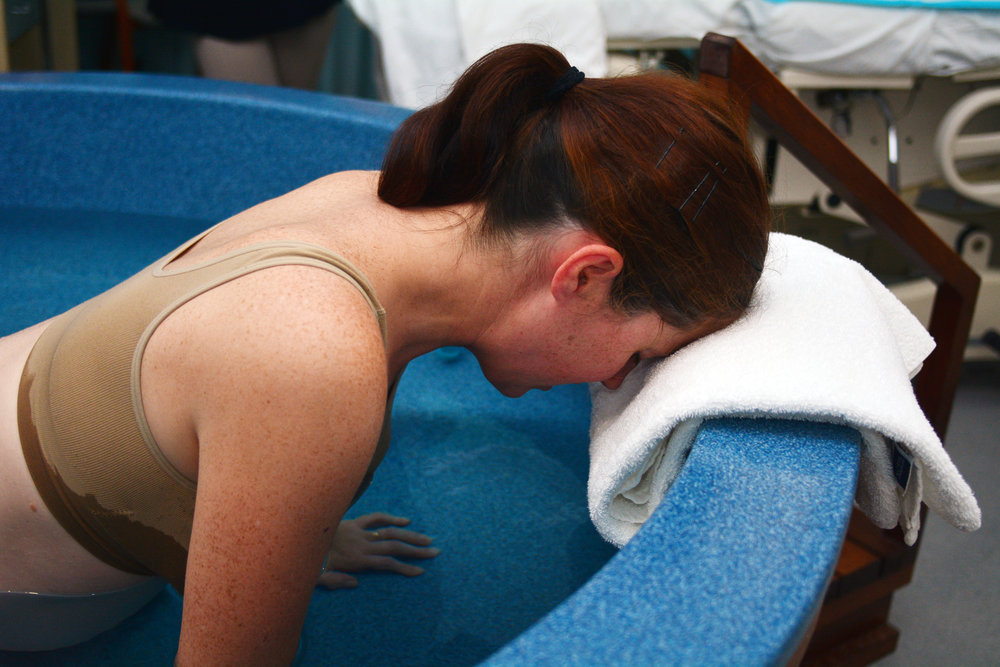
Don't want an epidural? Try a water birth. In a study that included 12 trials and reports from more than 3,000 women, doctors found that women who use water immersion during the first stage of labor have less of a need for an epidural.
More From The Stir: 8 Surprising Ways Your Pregnant Body Changes During the First Trimester
Inducing Labor
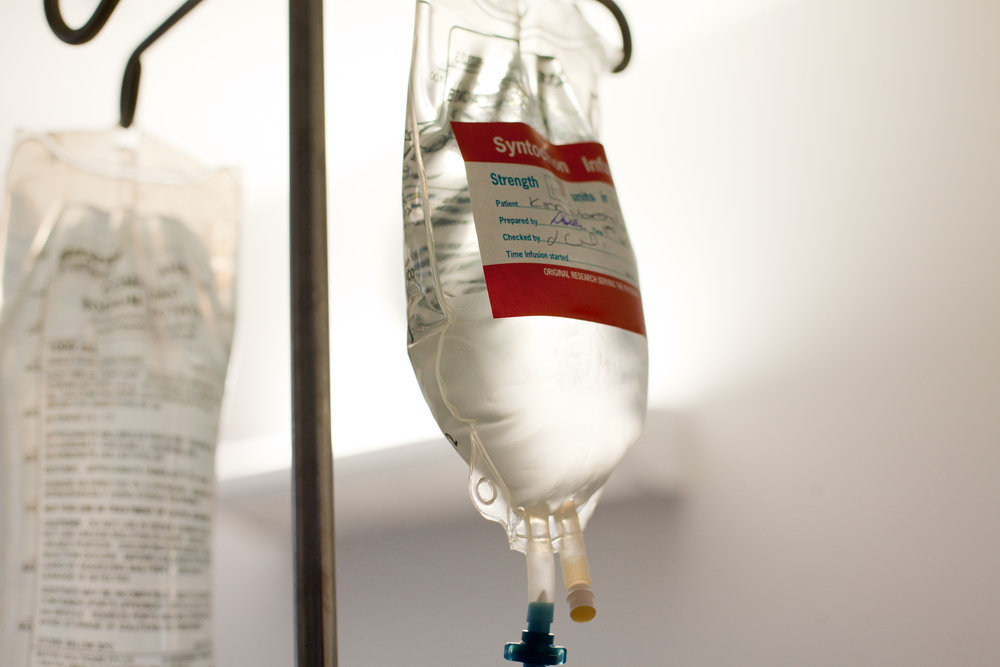
Every year in America, about 4 percent of labors are induced. That might not seem like a lot, but it amount to about 160,000 babies. And they mostly have one thing in common: Their mothers are educated, older, and professionals.
But It Has Its Positives
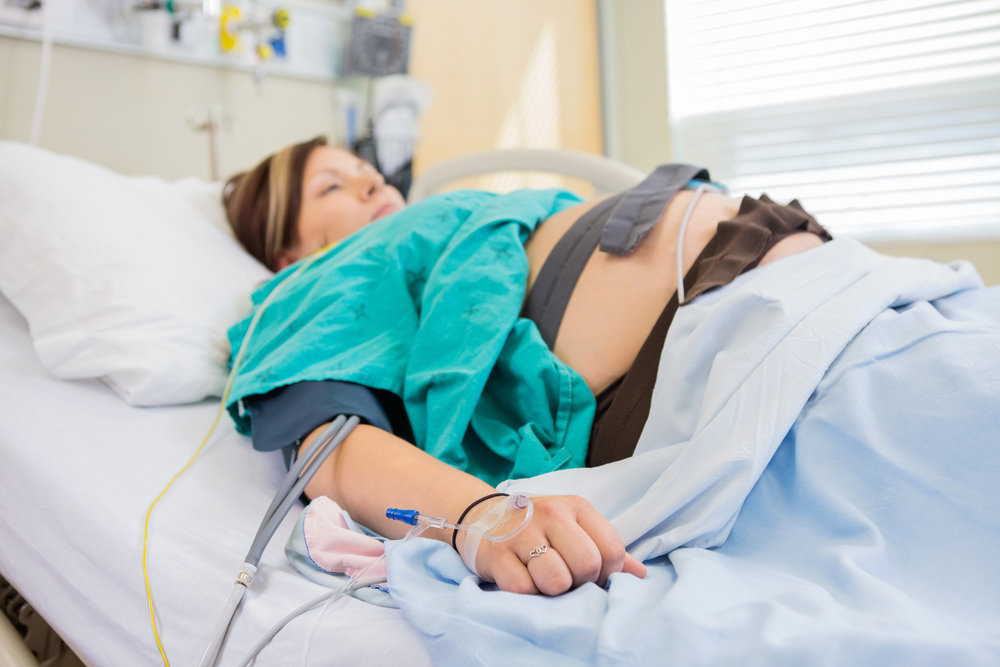
But here's good news for moms who induced: their risk of needing a c-section is lowered by about 12 percent. Actually, induced labor is more and more likely to lead to a regular vaginal birth.
More From The Stir: 10 Scientific Reasons Pregnant Women Should Eat More Chocolate
It's All About the Vitamin D
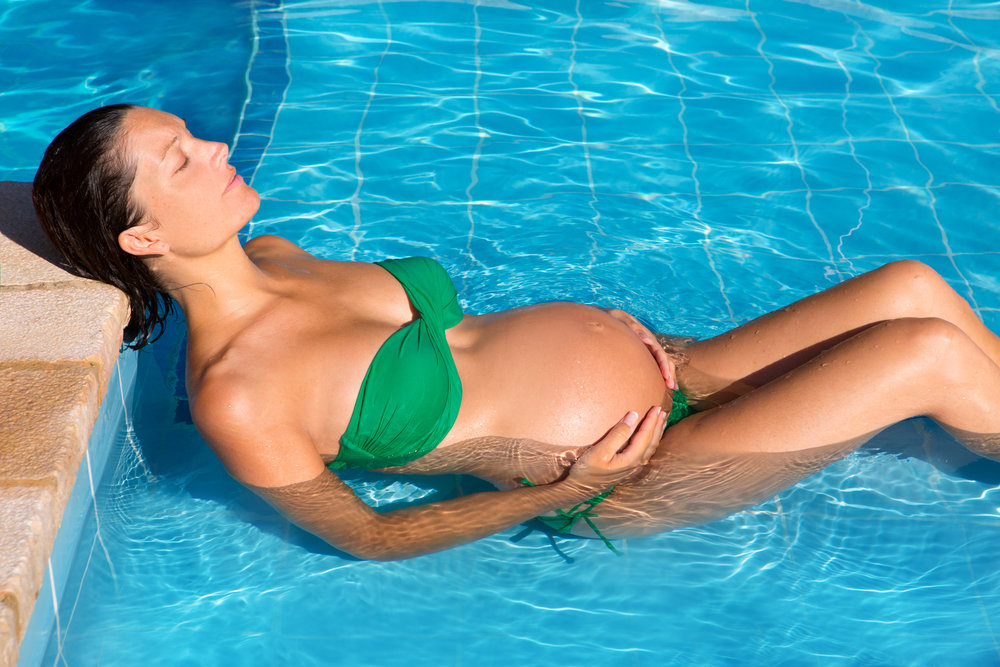
Want a less painful birthing experience? Make sure to take that vitamin D. After examining the vitamin D levels of women about to go into labor, doctors were able to find that women with low vitamin D actually asked for and required more pain medication and reported higher levels of pain throughout the whole process.
Food & Drink? Ok!
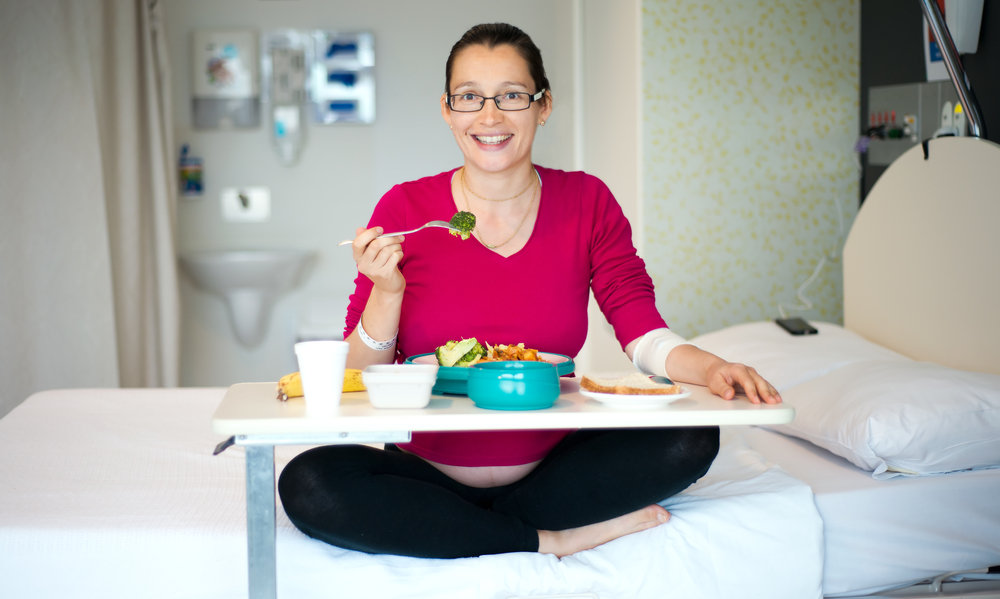
Say goodbye to those ice chips! Through randomized controlled trials, doctors were able to find that there really is no reason to restrict food and drink to women in labor with low risk of needing anesthesia. In fact, many cultures around the world encourage that women eat. And while it may not have any direct benefits for the mother, it doesn't carry high risks.




